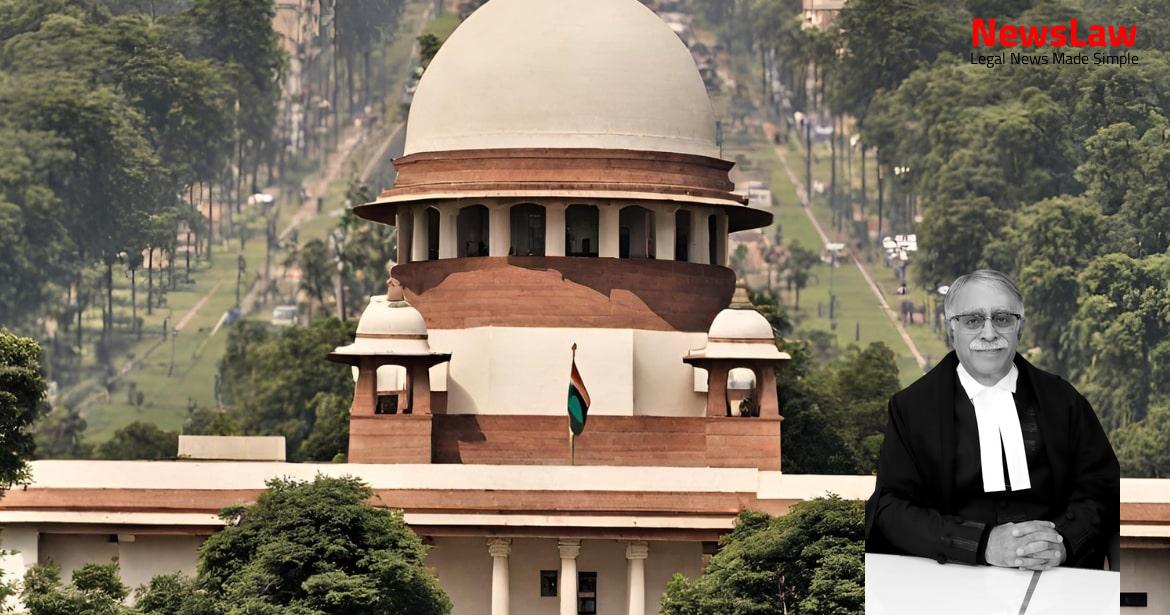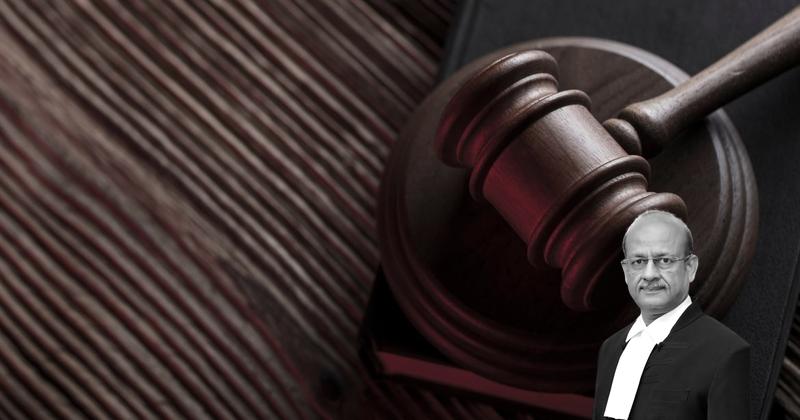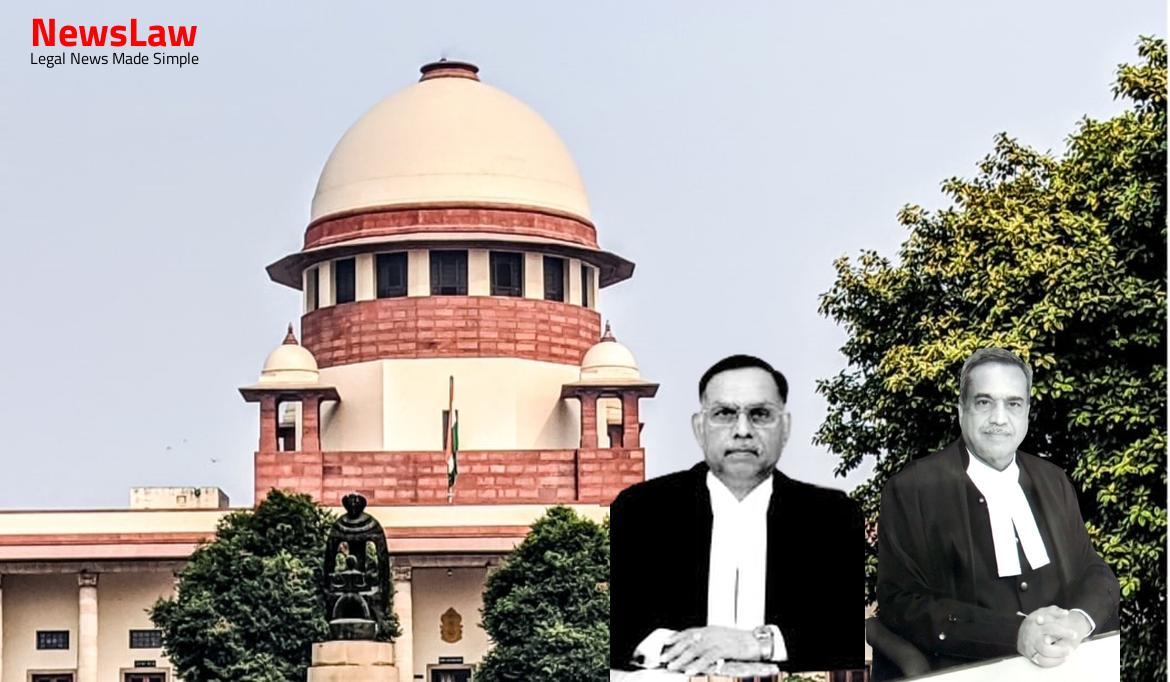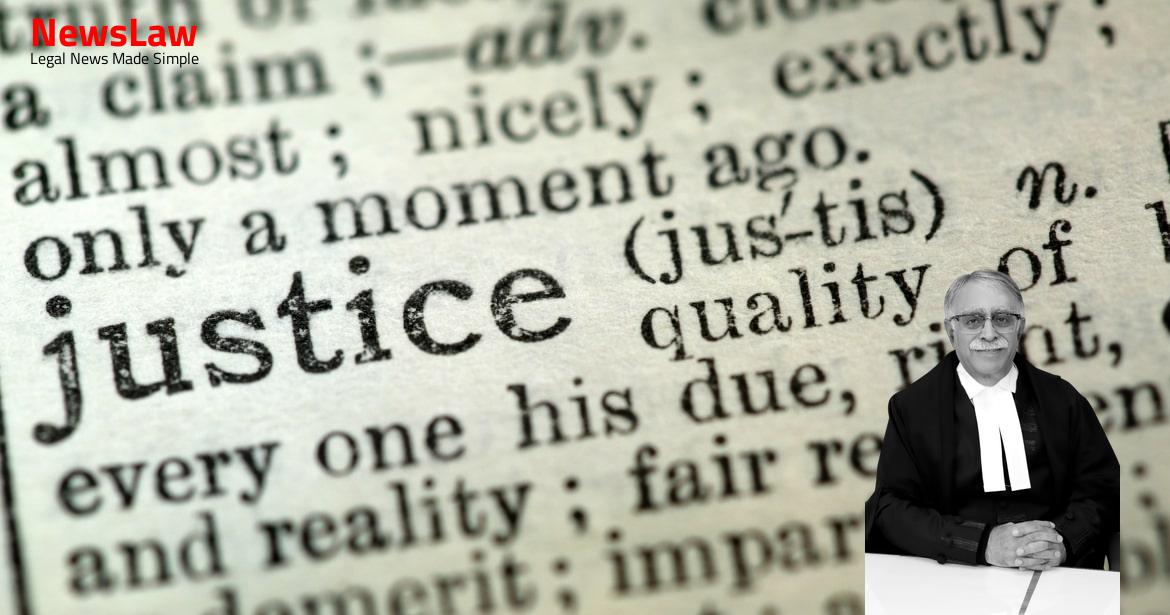In the aforesaid backdrop, we are duty bound to examine as to whether the testimony of this sole eye- witness Yankappa Panchagavi (PW-1) is worthy of credence; Is 2 he trustworthy?; Has he deposed truthfully?; Is his testimony believable and free from embellishments, improvements or material discrepancies so as to render it shaky or doubtful?; and as to whether the prosecution has established its case beyond reasonable doubt, against all accused persons or not? The post-mortem report (Ex.P-25) duly proven by the said expert, does establish the deceased to have sustained 21 stab injuries inflicted on different vital parts of the body. 500/- each 148 – 1 year simple imprisonment & fine of Rs.1000/- each 504 – 1 year simple imprisonment & fine of Rs.1000/- each 302 – Life Imprisonment & fine of Rs.
Gulappa Gavappa Karigar (A-4) 5 Beerappa (A-5) 6 Ravasaheb Laxman Patil (A-6) 7 Yankappa Shivappa Naik (A-7) 8 Parappa @ Gulappa (A-8) The sentences, identical for all accused persons, were awarded to run concurrently. In the exercise of the power under Article 136 of the Constitution of India, this Court, normally would not interfere with the concurrent findings of fact, except in very special circumstances or in the case of a gross error committed by the courts below.
Also Read: https://newslaw.in/supreme-court/differences-between-parties-and-witnesses-in-a-civil-suit/
Accused Nos.4 and 5 are real brothers of accused No.1 and accused Nos.2 and 3 are sons of accused No.1.
Shasappa 6 Reddi (PW-7) who is also a relative of the parties, though initially stated that there was no dispute between the deceased Satyappa and accused but then, in the very same breath, clarifies that, 15 days prior to the incident, dispute in relation to the land had arisen and “as per my advise accused No 1 Ramappa has not provided passers way to Satyappa”. Thereafter, accused No.8 Parappa @ Gulappa threw chilli powder on the face of the deceased; accused Nos.1 and 2 gave blows with jambia/jambe on the left side of the neck and chest of the deceased; accused Nos.3 to 7 gave blows with button knives on various parts of the body, which led to the death of the deceased on the spot. The witness cried for help when Shasappa Reddi (PW-7), Pandappa Sidareddi PW-8), Shrishail (PW-11) and Ramappa (PW-12) arrived at the spot. This 8 witness, despite being cross-examined extensively, is consistent in his testimony to the effect that the accused caught hold of the deceased and inflicted serious injuries upon his person. In view of the aforesaid, the questions in respect of the testimony of the sole eye-witness PW-1 being worthy of credence, trust-worthy, truthful and believable are answered in the affirmative. Some of the principles essential for the instant lis to be decided are – 17.1 Evidence of hostile witness: a) Corroborated part of the evidence of a hostile witness regarding the commission of offence is admissible. State of Tripura (2011) 9 SCC 479] 17.2 Effect of omissions, deficiencies: 11 Evidence examined as a whole, must reflect/ring of truth.
Doud Khan (2016) 2 SCC 607]
Also Read: https://newslaw.in/supreme-court/high-courts-analysis-on-interference-with-arbitral-awards/
One of the external checks against ante-dating or ante- timing an FIR is the time of its dispatch to the Magistrate or its receipt by the Magistrate. (2020) 6 SCC 378] 17.7 Last seen theory : 13 On its own, last seen theory is considered to be a weak basis for conviction. Again, if an offence is committed by a member of an unlawful assembly and that offence is one which the members of the unlawful assembly knew to be likely to be committed in prosecution of the common object, every member who had that knowledge will be guilty of the offence so committed.” State of UP AIR 1965 SC 202] 17.9 Power of Court of Appeal: a) The Court of appeal has wide powers of appreciation of evidence in an order of acquittal as in the order of conviction, along with the rider of presumption of innocence which continues 15 across all stages of a case. State of Maharashtra (1984) 4 SCC 116] The limitations under Article 136 are self-imposed limitations where in the ordinary course appreciation of evidence is not to be done in the absence of manifest error or the judgment, subject matter of the special leave, being ex facie 16 perverse. Having considered the submissions across the Bar, the material objects and the exhibits forming the record of the case, the learned Trial Court observed that on the basis of the sole evidence of the complainant PW-1 and the supporting evidence of PW-7 (a hostile witness) the prosecution had proven its case beyond reasonable doubt. In regard to the delay in the FIR reaching the Magistrate, it is the settled position of law that each and every delay caused is not fatal to a case in the absence of demonstrated prejudice [Bhajan Singh @ Harbhajan Singh Vs.
Merely because no recovery was made from anyone apart from accused Nos.2 and 4 would not mean that others were not present at the scene of the crime; simply because a number of witnesses had turned hostile, does not on its own give a ground to reject the evidence of PW-1; and that PW-1 being the brother of the deceased and therefore, is an interested as well a chance witness, are untenable submissions.
The person to whom the role of summoning PW-24 to write the complaint may be attributed or the discrepancy in drafting either on the instructions of PW-1 or on the basis of the notes prepared by the police is not so stark, keeping in view the limited span of time within which all these activities took place for it to lend credence to the grounds urged in these appeals by special leave petitions with respect to the approach of the learned Sessions Judge being entirely erroneous or illegal.
On a specific query by the Court as to what the learned counsel can point to, to impeach the veracity of PW-1’s testimony the answer was to say that looking at a number of external factors as also the testimonies of other witnesses, the elements to demolish the credibility are present – which to our mind does not merit interference. The admissions made by PW-7 in his examination in chief have not been disputed and neither has, as already observed earlier, the presence of any of the accused been disputed. State of Maharashtra [(2018) 6 SCC 591] which is undoubtedly on point but we may also note the observation of this Court in Rajesh 22
Also Read: https://newslaw.in/supreme-court/promotion-policy-for-rank-of-avm-in-indian-air-force/
Yadav Vs.
Case Title: RAVASAHEB @ RAVASAHEBAGOUDA Vs. THE STATE OF KARNATAKA (2023 INSC 238)
Case Number: Crl.A. No.-001109-001110 / 2010



